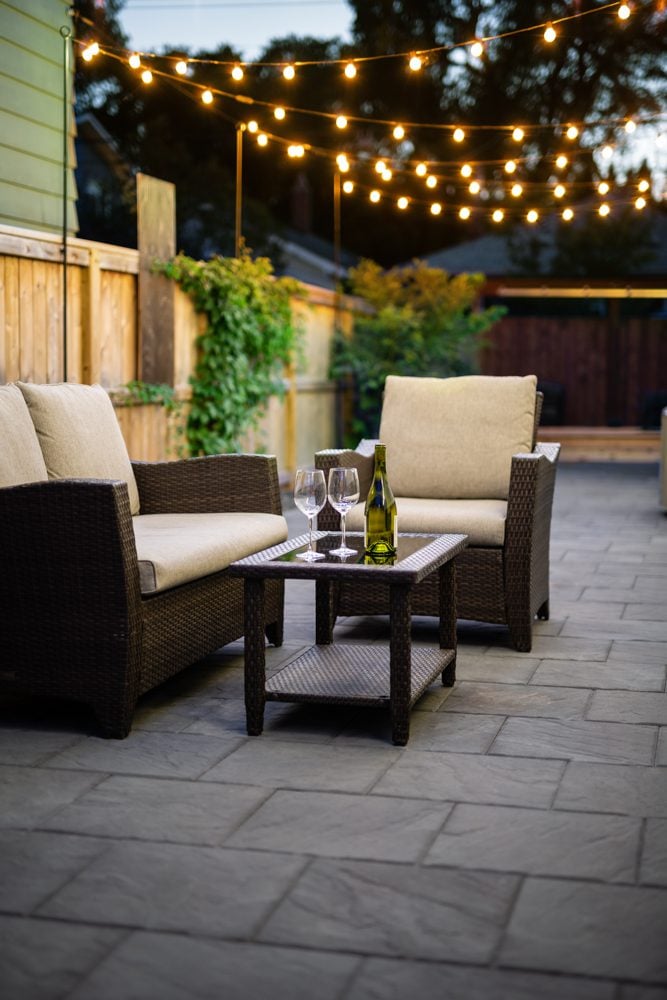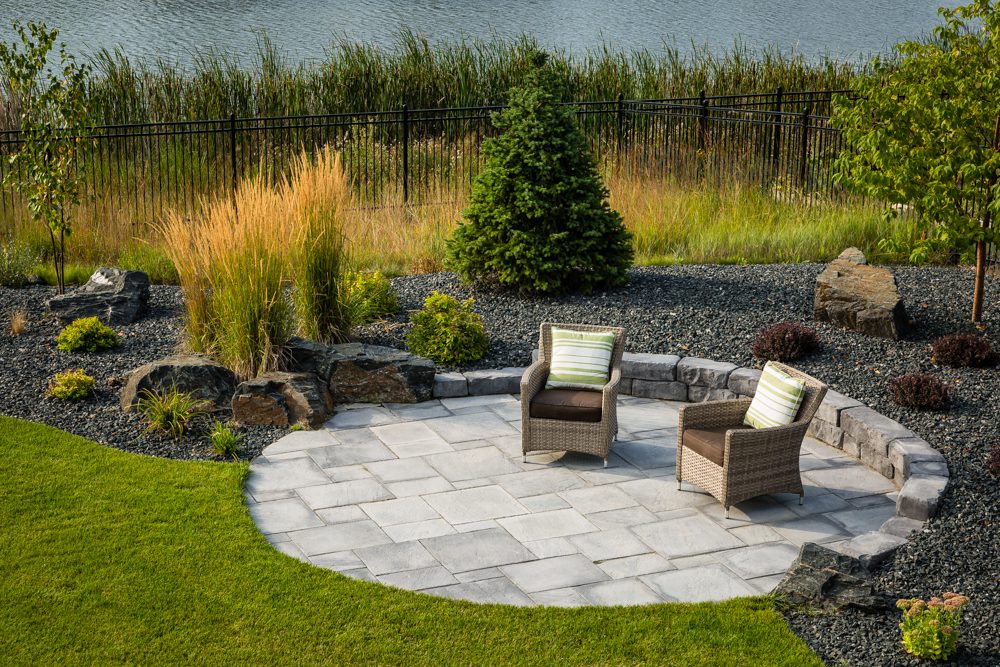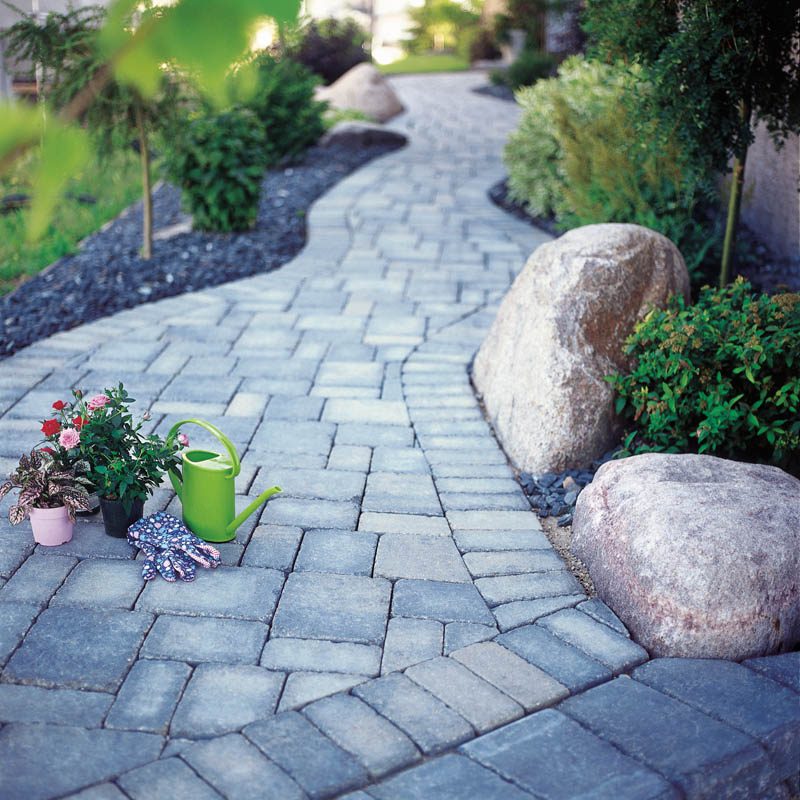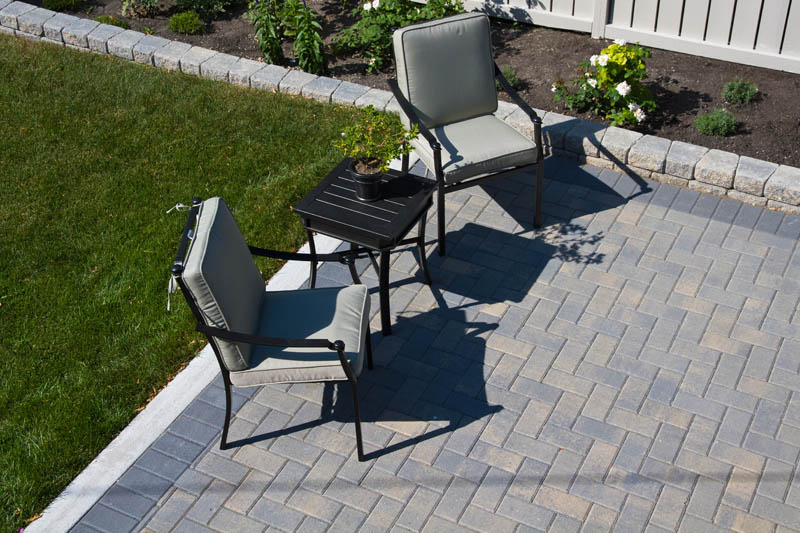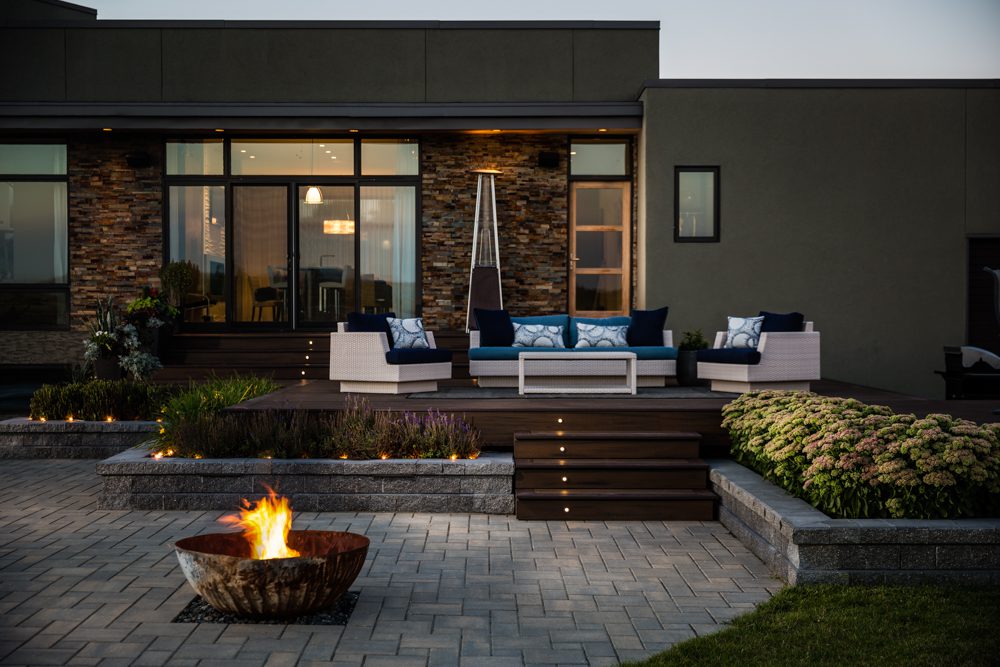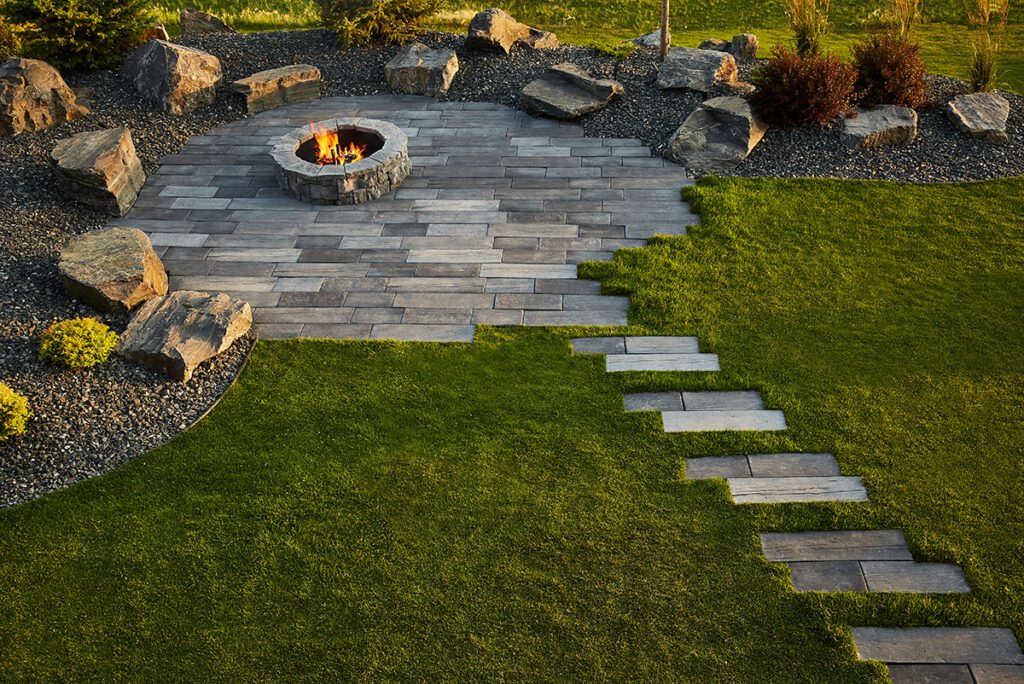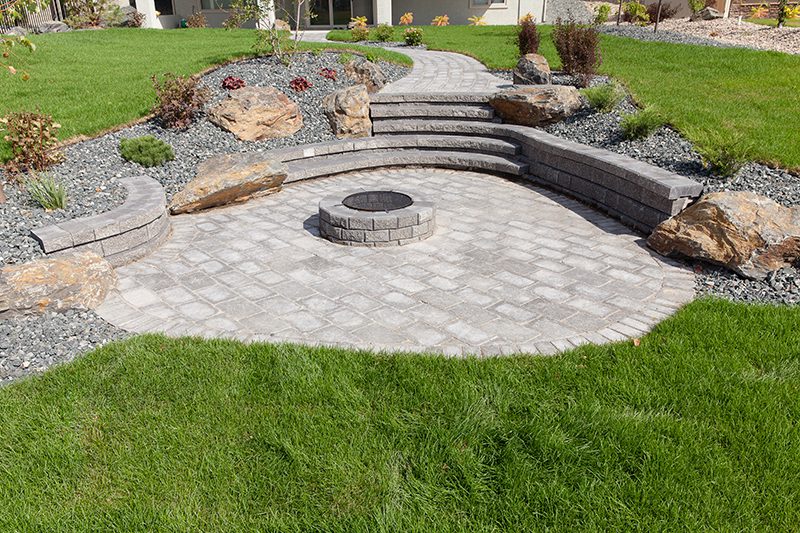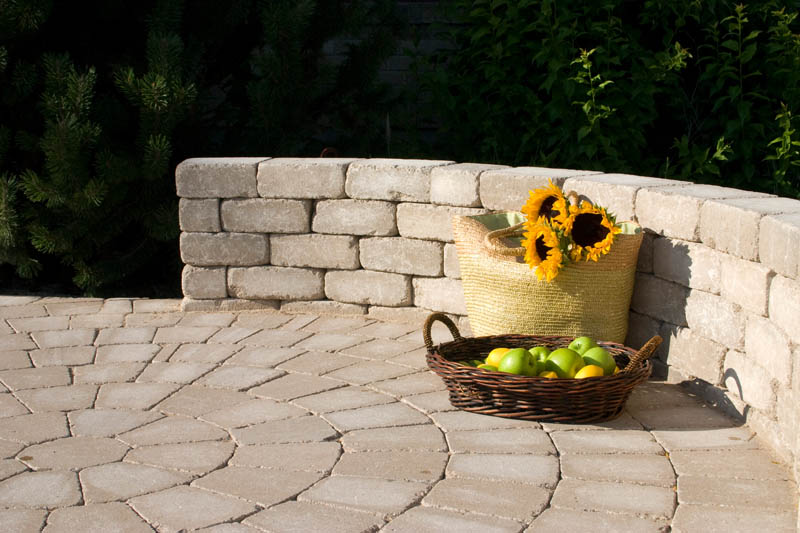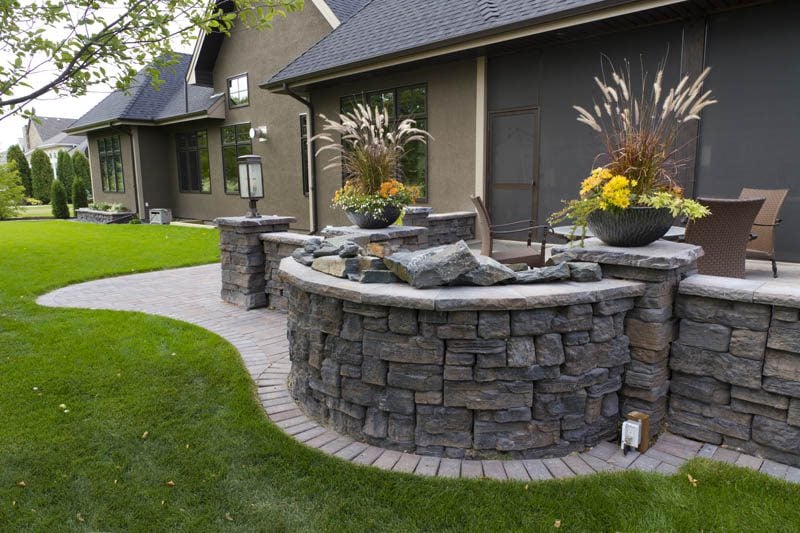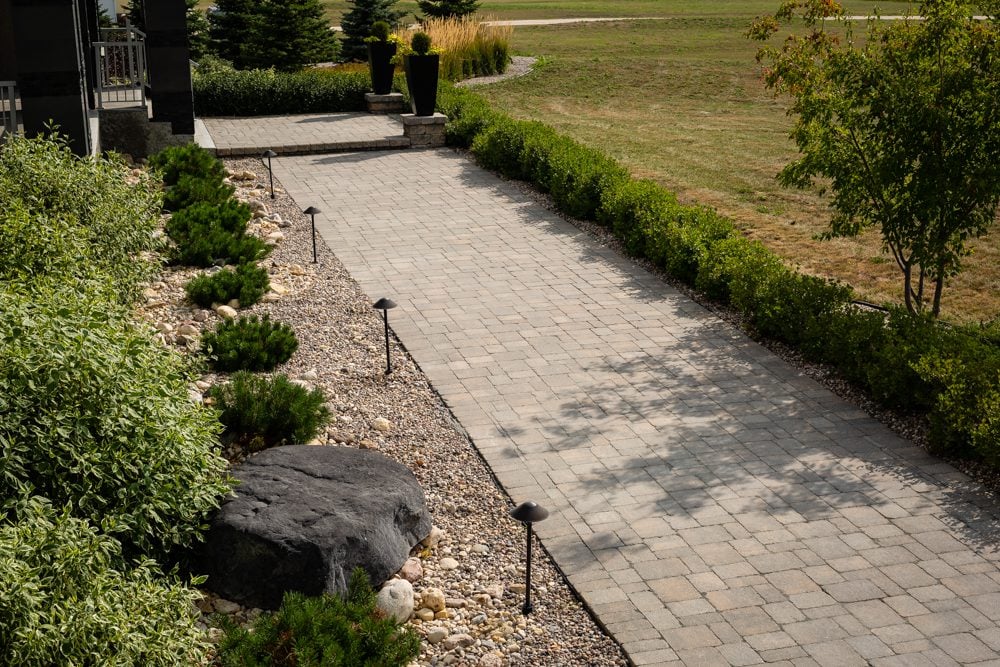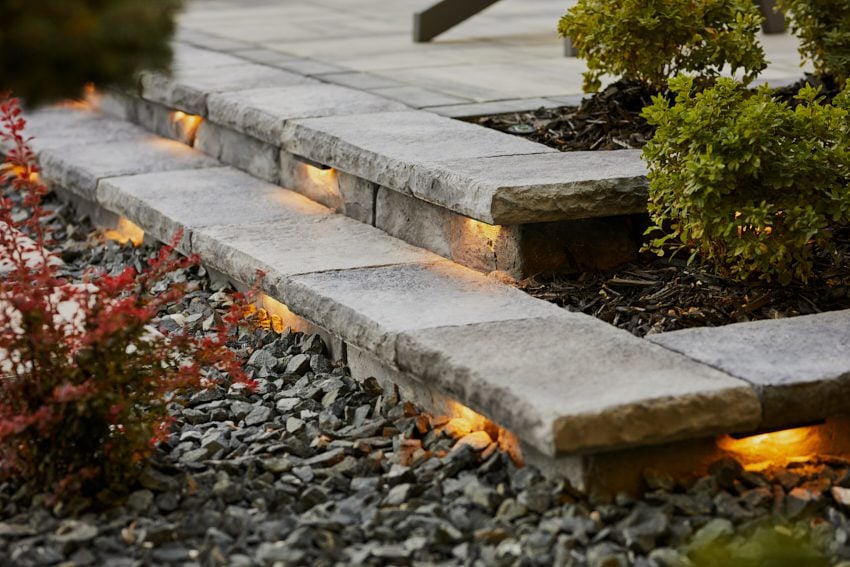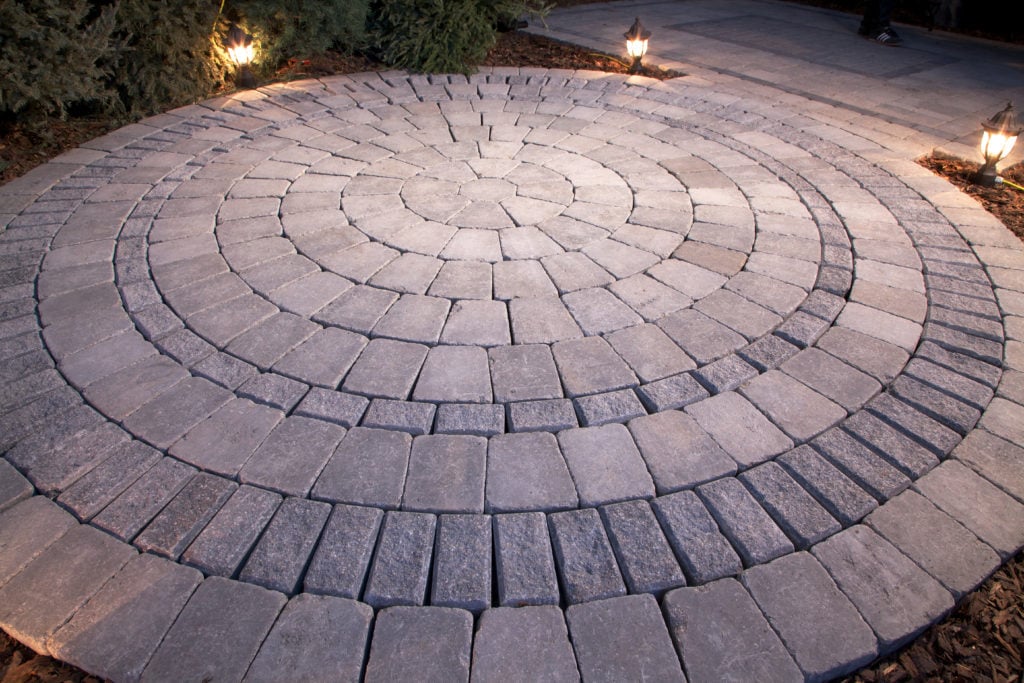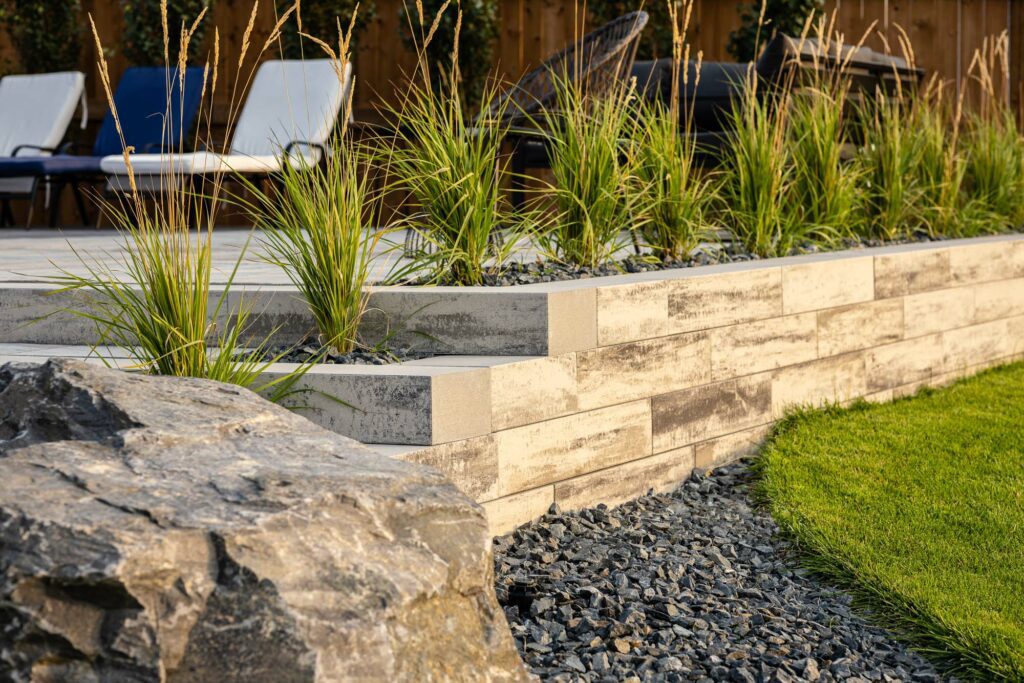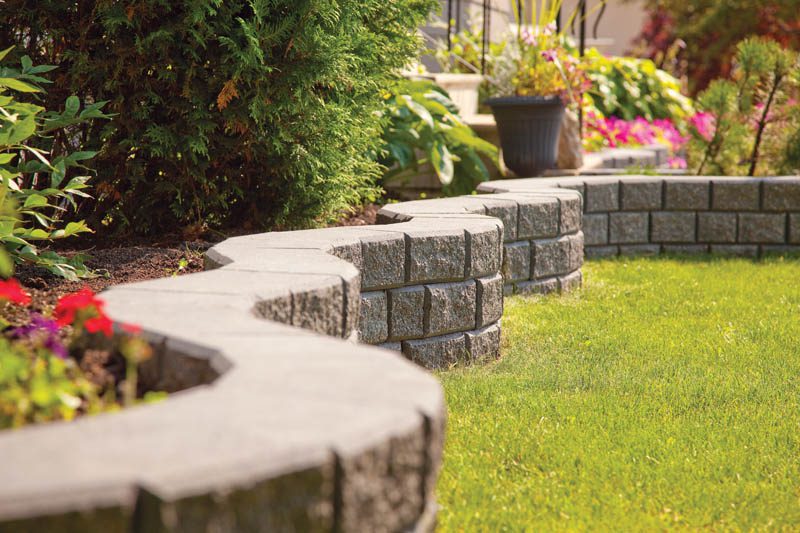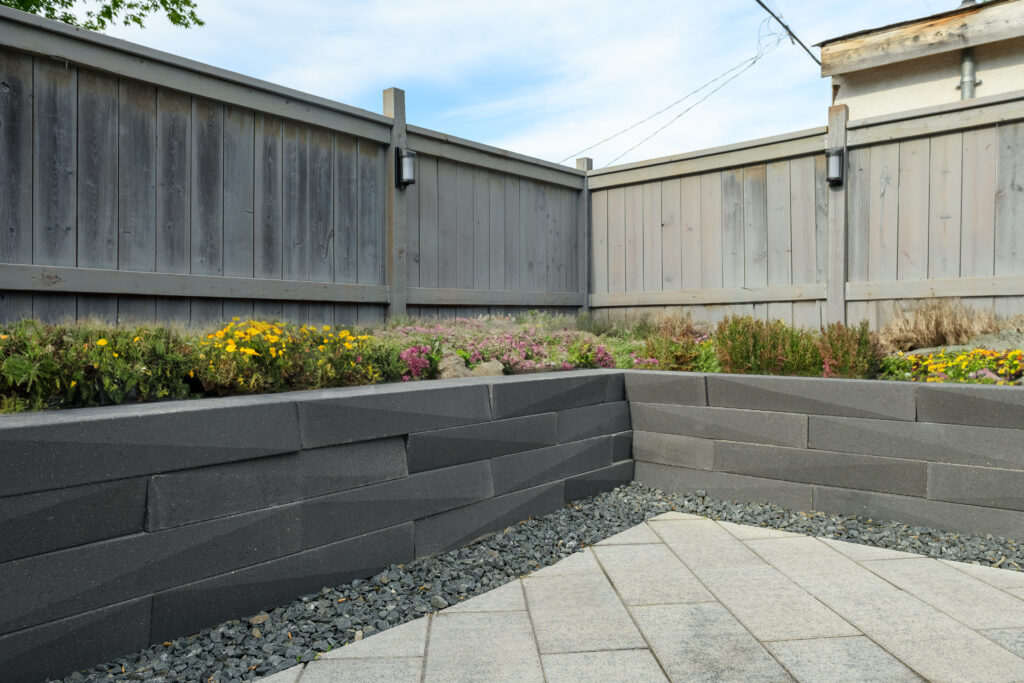Written by Barkman Concrete Published on October 4th, 2023
Designing a hardscape for a small outdoor space comes with its own unique set of challenges. Limited space requires careful planning and strategic choices to ensure a functional and visually appealing design. In this blog post, we will explore the key steps involved in creating a well-designed hardscape for small outdoor spaces, helping you transform your compact area into an inviting oasis.
Step 1: Measure the Space and Decide What Features You Want to Include
Before diving into the design process, it is essential to measure the available space accurately. Understanding the dimensions of your outdoor area will guide your decision-making throughout the design process. Consider the specific features you want to incorporate, such as a patio, walkway, seating area, or a combination of elements. Prioritizing your needs and desires will help you make informed choices while maximizing the limited space.
Step 2: Choose the Right Materials for Your Design
Selecting the right materials is crucial for a successful hardscape design in small outdoor spaces. Opt for materials that are visually appealing, durable, and appropriately scaled to the size of the area. For example, smaller pavers or tiles can create the illusion of a larger space, while maintaining a sense of proportion. Keep in mind factors like maintenance requirements, climate suitability, and your personal style when choosing materials to ensure a cohesive and functional design.
Step 3: Maximize the Space with Multi-functional Features
One effective strategy for designing small outdoor spaces is to incorporate multi-functional features. Built-in seating or storage solutions can serve dual purposes, maximizing the usability of the area. For instance, consider integrating benches with hidden storage compartments or using retaining walls as additional seating. By utilizing these space-saving elements, you can enhance both the functionality and aesthetics of your hardscape design.
Step 4: Add Lighting to Create Ambiance and Enhance Safety
Strategic lighting can transform a small outdoor space into a captivating environment. Consider incorporating a combination of task lighting, accent lighting, and ambient lighting to create the desired ambiance. Lighting not only enhances the visual appeal of your hardscape design but also improves safety, allowing you to enjoy the space during evening hours. Path lights, string lights, and well-placed fixtures can highlight architectural features and provide a warm and inviting atmosphere.
Step 5: Incorporate Softscaping – Don’t Forget the Greenery
While the focus of hardscaping is on the non-living elements, incorporating softscaping is essential to soften the overall look of the design. Introduce plants, flowers, and other greenery to add texture, color, and life to your small outdoor space. Choose plants that are suitable for your climate and consider using hardscape products as garden boxes to maximize your space. The combination of hardscaping and softscaping will create a harmonious and balanced outdoor environment.
Designing a hardscape for a small outdoor space requires thoughtful planning and attention to detail. The steps outlined in this blog post can help you create a visually appealing, functional, and inviting outdoor area despite the limitations of space. Remember to measure your space accurately, select appropriate materials, maximize functionality with multi-functional features, add lighting for ambiance and safety, and incorporate softscaping to soften the look.
For more inspiration, check out our Instagram and Pinterest. You can also find more tips and tricks on our blog.













